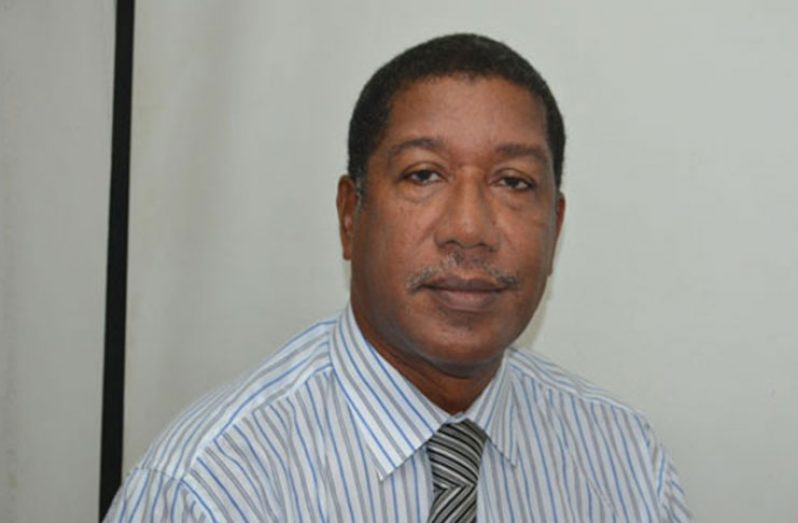Dr. BERTRAND R. STUART DDS.
FAINTING also known as syncope is a relatively common occurrence in the dental office. Associated with the ordinary faint are a number of other clinical conditions which can mimic temporary unconsciousness, thereby complicating and confusing the diagnosis and treatment. These may include shock, spells, epileptic attacks, hysteria and coma.
Faints can be classified into three broad groups depending on their causes: (1) episodes occurring secondary to decrease in the quantity of blood reaching the brain (2) episodes arising from a change in the quality of blood to the brain, and (3) episodes that occur secondary to disturbances within the brain structure itself.
The cause of the most common type of faint varies but usually it happens in normal health following a strong emotional experience, particularly under conditions that favor vasodilatation (expansion of blood vessels) such as hot, crowded rooms. Persons who are tired, hungry or ill are more prone to faint. Recent studies indicate that young males less than 35 years of age are at slightly higher risk of fainting. Physical and emotional stress, the receipt of unwelcome news, anxiety, fear, pain, the sight of blood, or minor procedures may precipitate syncope. All can and do occur in the dental office.
The fainting attack usually occurs with the patient in the upright position. It develops rapidly with unconsciousness and suddenness of an epileptic seizure. The patient typically has a warning of impending faint manifested by a sense of “feeling badly.” This is why falls associated with fainting seldom are injurious.
When unconsciousness is profound with complete lack of awareness or ability to respond, the state should last for a few seconds to several minutes. If the faint persists for more that 8 to 10 minutes, or if complete recovery has not occurred in 15 to 20 minutes, then other mechanisms or disease states must be considered and medical intervention or hospitalization should be initiated.
Sometimes convulsive movements occur after the onset of unconsciousness associated with syncope. These are rarely generalized, but more commonly consist of chronic jerks of the arms and twitching of the face. There is no loss of bowel or bladder control. Pulse is weak or imperceptible, blood pressure is low, and respirations are quite shallow. The alterations in vital signs, along with pallor and unconsciousness, simulate death.
Fainting mostly comes from inadequate blood supply to the brain. Once the patient assumes the horizontal position, either by having fallen or by being reclined with assistance, gravity no longer hinders blood flow to the brain. In addition, the physical or emotional stress which precipitated the faint is relieved by the loss of consciousness. The pulse increases in rate and amplitude, the color returns to the face, and breathing becomes quicker and deeper. Consciousness quickly returns with the patient having a correct perception of events and his surroundings.
Most of the persons who I have seen fainting in dental clinics have done so as a result on not having taken a proper meal prior to attention. Their blood sugar clearly went down too much in conjunction to fear and anxiety.
A combination of leg crossing and muscle tensing may help prevent fainting, providing a simple solution for people prone to fainting during emotional stress or prolonged standing before having an extraction, according to a recent study reported in a recent publication of the Journal of the American Heart Association.
This is the first study of its kind to document the effectiveness of a simple maneuver to prevent or delay loss of consciousness.
The standard approach for preventing fainting includes educating the patients about the causes of the condition, instructing them how to avoid situations that trigger fainting, and maintaining adequate salt and fluid intake.
If blood flow to the brain is interrupted for three to four seconds fainting results. It becomes readily apparent when reviewing these mechanisms that a person could have irreversible brain damage or even die if supported in an upright position, such as in a dental chair, during syncope. Treatment of fainting thus consists of placing the victim horizontally; loosening tight clothing around the neck and having them inhale ammonia salts.




.png)









